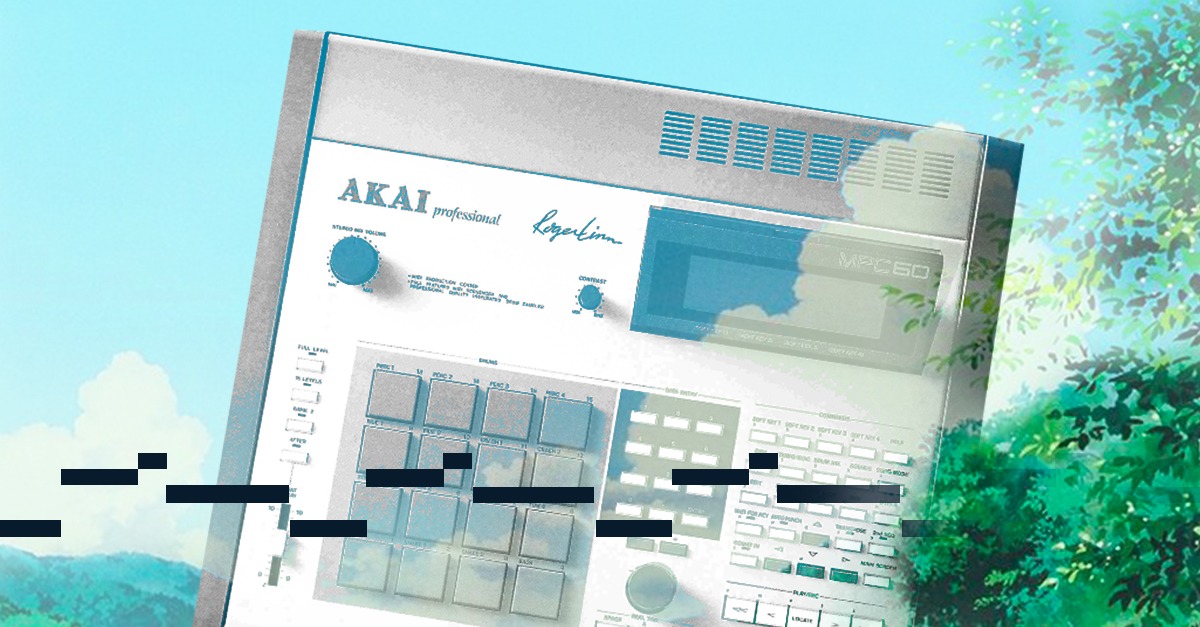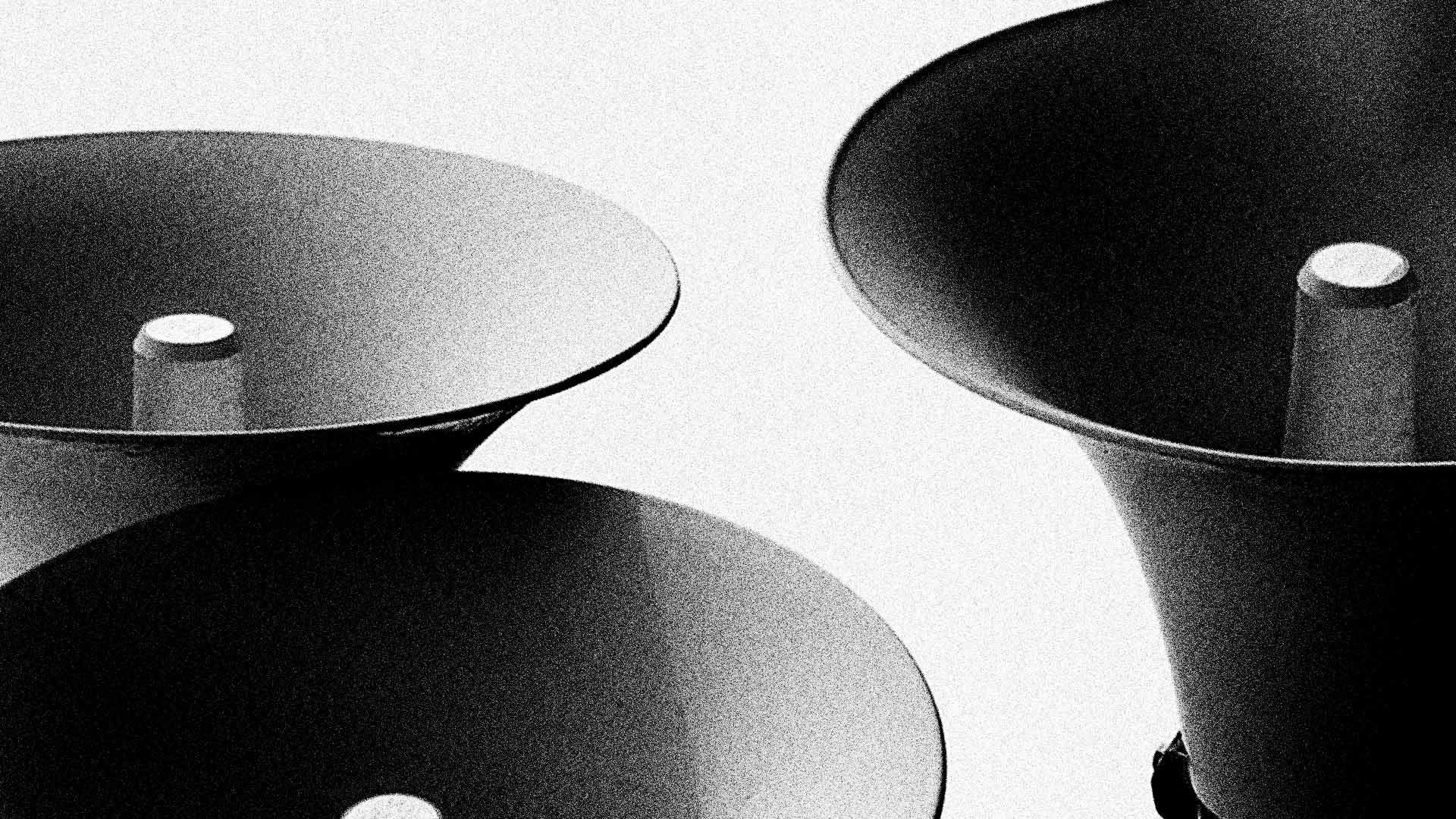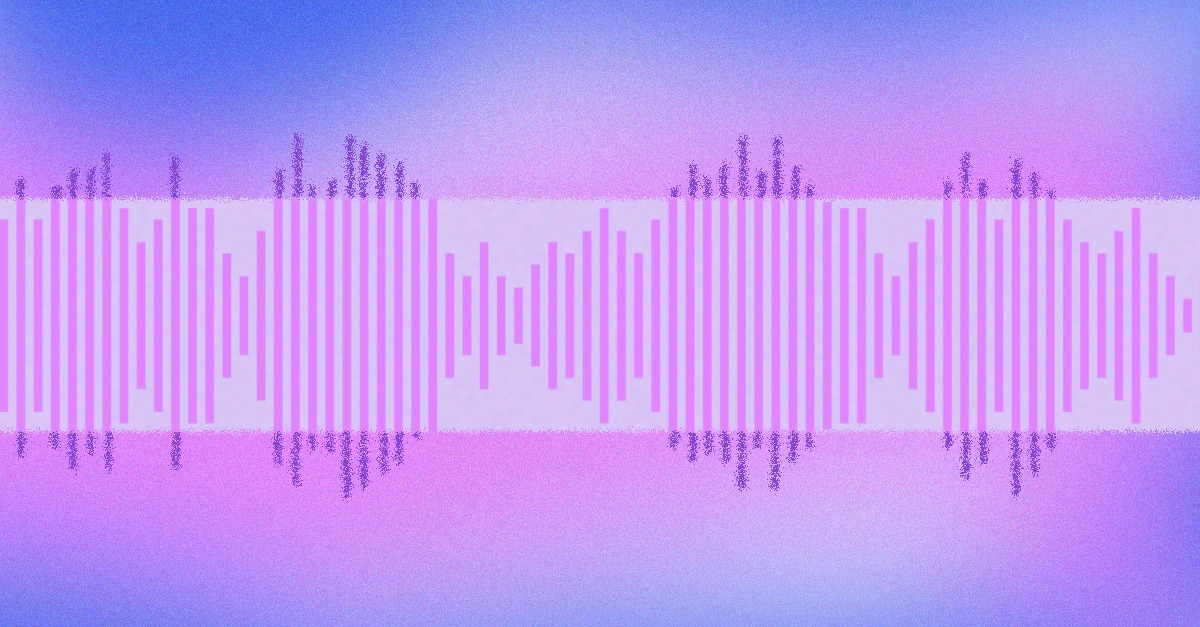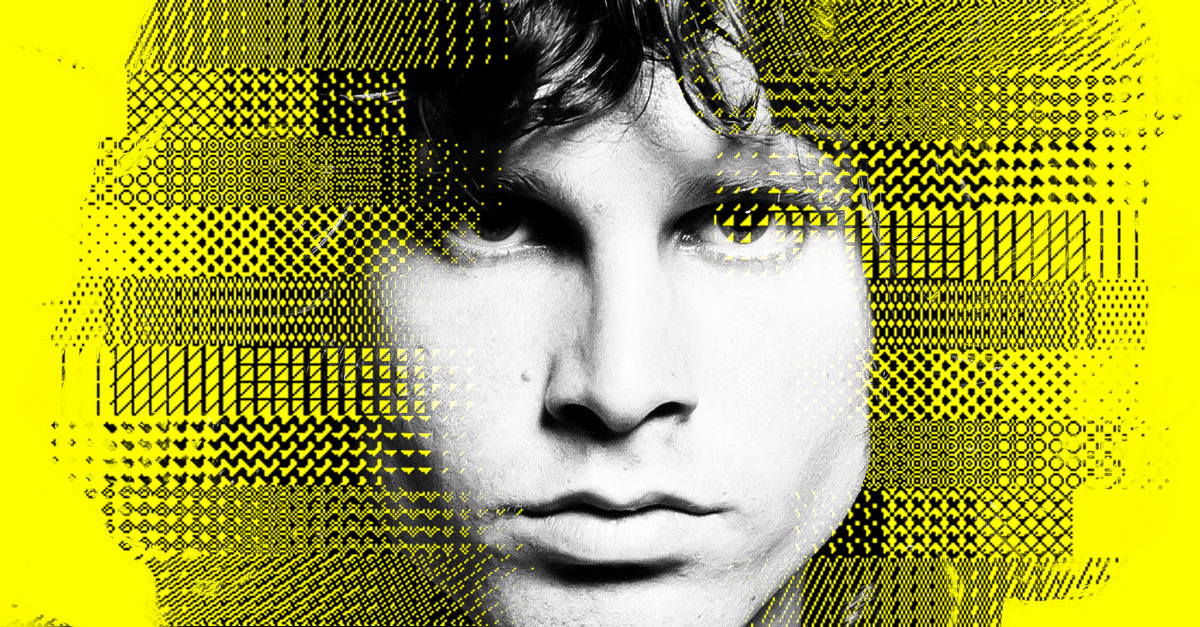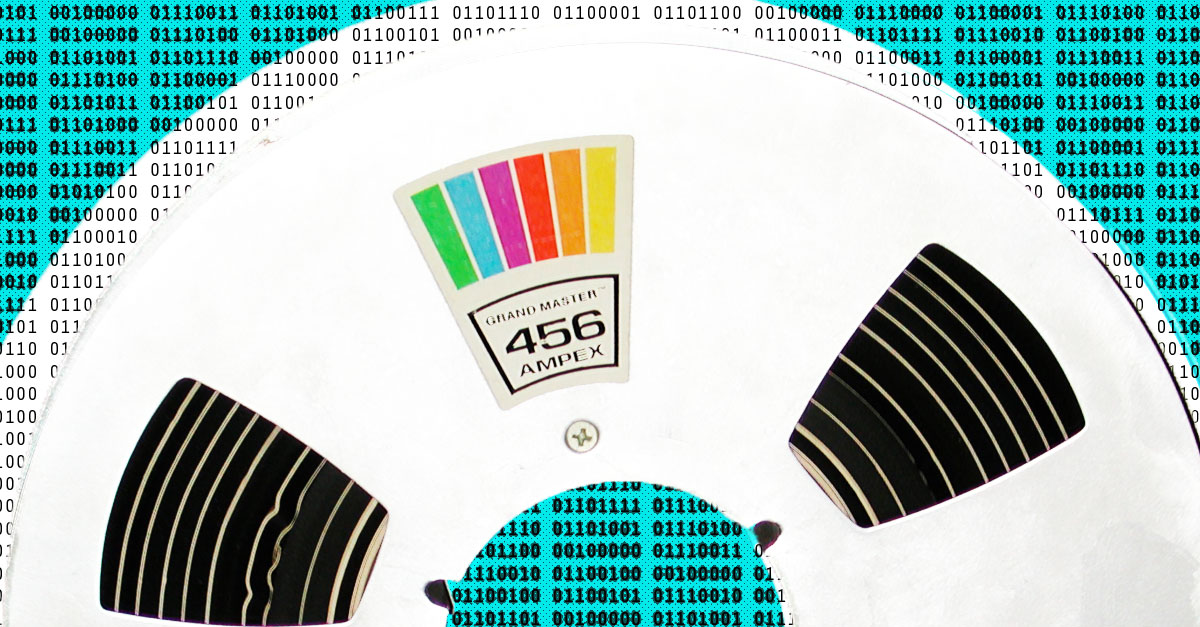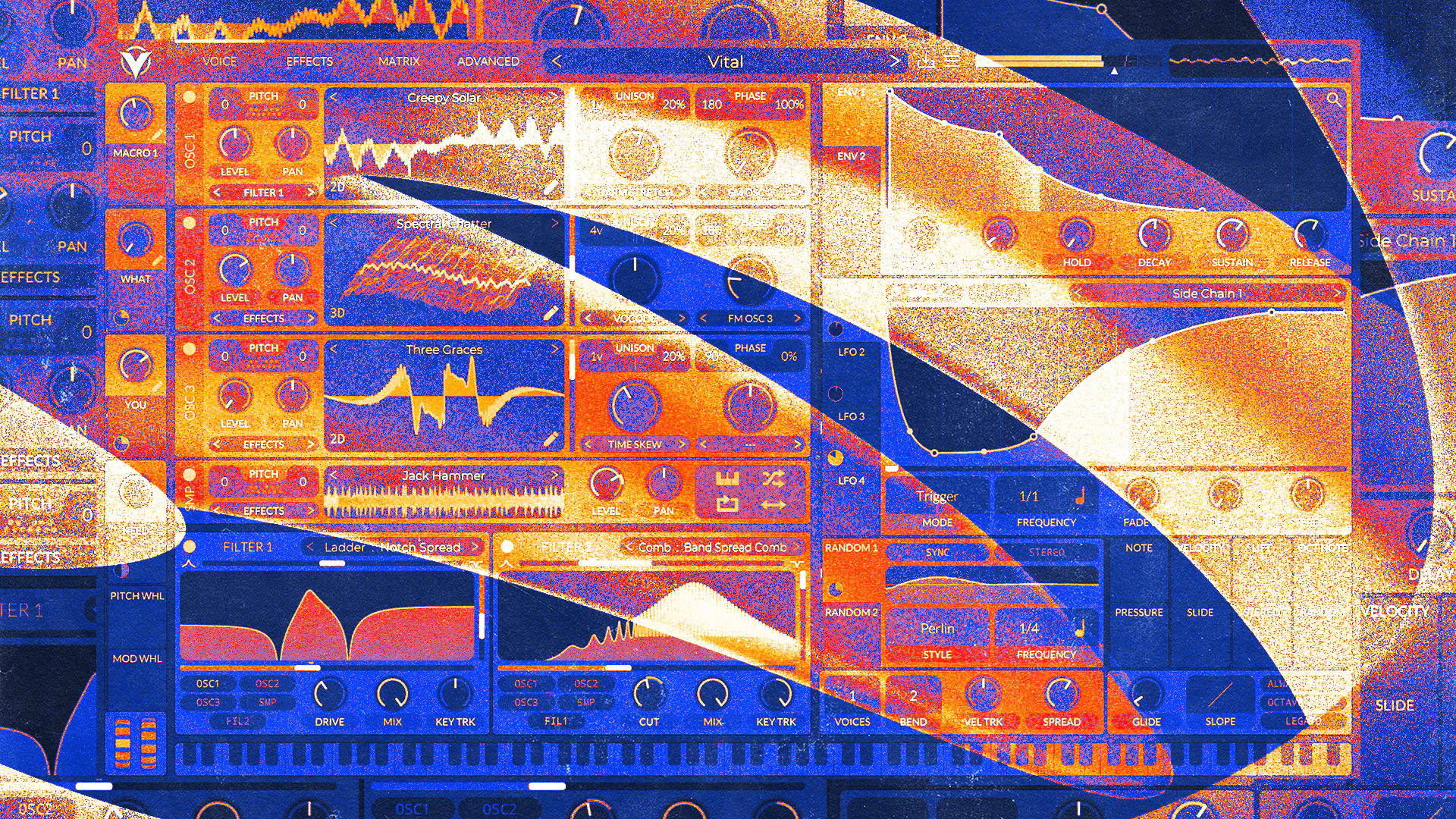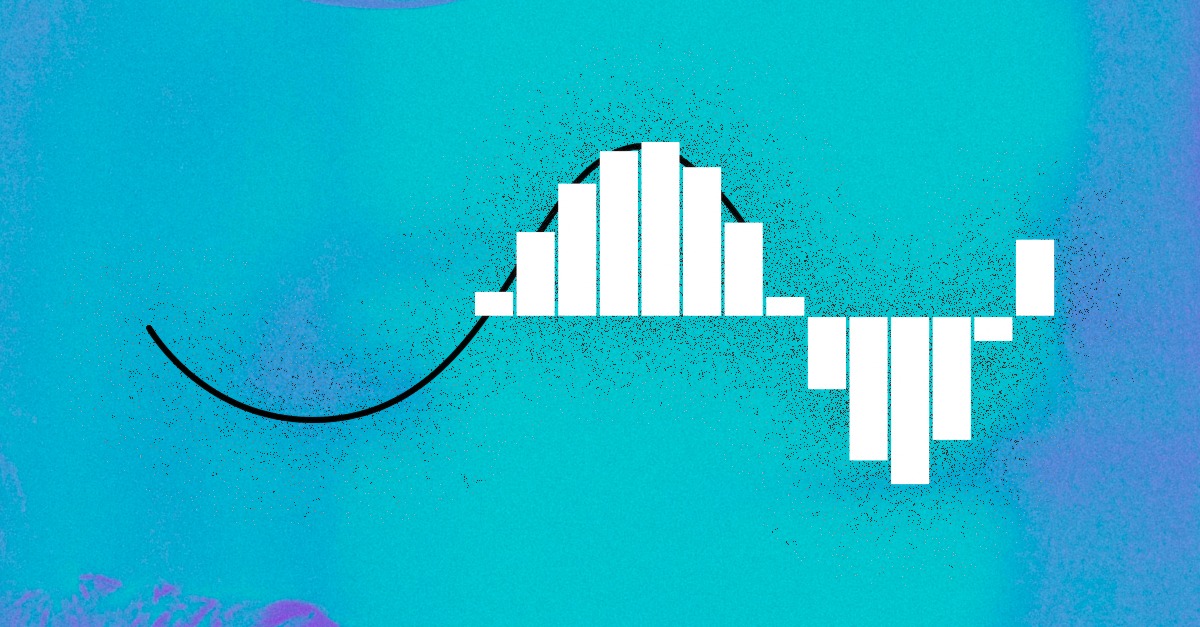
What is Bit Depth? Audio Word Length Explained in Simple Terms

Bit depth is an important property of the audio files you work with in your DAW.
Along with sample rate, it determines the quality of the digital audio information in your raw materials.
But bit depth can be confusing if you’ve never heard the term before.
In this article, I’ll explain everything you need to know as a producer, including the correct bit depth to choose when you open a new DAW project.
Let’s get started.
What is bit depth? What is word length?
Bit depth refers to the number of bits available in a system to represent the amplitude information in an audio signal.
If that sounds complicated, don’t worry—I’ll break it down. First, the bits.
A bit is a basic unit of computing that can have a value of either one or zero. It’s short for “binary digit.”
In a binary number, the state of each bit combines to represent a normal (decimal) number.
Each additional bit in the binary “word” makes it possible to count to higher numbers in this way.
That’s why the term word length is sometimes used to refer to bit depth.
In fact, there’s a mathematical rule for how many values you can represent with a binary word—2^n, where n equals the number of bits.
For example, a four digit binary word can represent up to 16 values—2^4. For the 16 bits available in CD quality that total be 2^16, or 65,536 available values!
You can think of each of these numbers as a separate tick on the ruler you use to measure the amplitude of an audio signal coming into an interface’s analog-to-digital converter.
With lower bit depths, you’ll have less ticks on the ruler—and that means less precision to measure!
Now the amplitude part. Digital audio is made up of a series of individual snapshots of the original analog signal.
When you play back these samples in succession, you can reproduce the original analog wave. That’s the basic idea behind sampling theorem.
Each snapshot has a position in time that’s determined by the sample rate. For example, CD-quality audio contains 44,100 snapshots for each second of sound.
But each sample also contains a measurement of the signal’s strength when the snapshot was taken.
This is the amplitude value that gets recorded as a binary number as I explained above.
Why does bit depth matter in music production?
Bit depth is directly related to the base quality of the files you record in your DAW.
The higher the bit depth, the more accurately you can represent an analog signal, which translates to higher fidelity audio.
If you’ve ever heard the term “8-bit” used to describe old-school sound, it refers to the unique lo-fi effect of limited bit depth.
Low resolution audio can be fun when used as an effect in lo-fi music genres, but it’s not advisable if you’re looking for the best sound possible.
🧠 Hot tip
As you add tracks to your DAW session, the effect of poor quality files can build up. In a dense mix, you need all the detail, clarity and headroom you can get.
Working with higher quality files from the start gives you a better baseline to start from
What bit depth should I use?
24-bit audio is the best choice for modern music production.
In the past, limitations on storage capacity meant that lower resolution files were sometimes more practical.
Today, storage is cheap and modern computers are well-equipped to handle 24-bit audio.
As a result, there are no real downsides to using this superior resolution. So go ahead and select it when you start a new project in your DAW.

Anthony lays out the basics of organizing your sessions.
What about 32-bit floating point?
Some modern DAWs offer an even higher option for bit depth.
Sometimes called floating point, 32-bit audio uses advanced math to allow enormous precision.
Inside your DAW, this provides benefits such as vastly increased headroom.
The possible dynamic range of a 32-bit file is essentially unlimited, so fans of super hi-fi audio might find it appealing use for music production.
When operating your DAW at 32-bit floating point settings, pushing your track faders and busses into the red will no longer result in clipping.
But there’s a catch—your audio must eventually make it to a bit depth that your interface can translate to an analog signal. The vast majority of consumer audio interfaces do not support 32-bit audio, so it’s likely that your final output won’t exceed 24-bit resolution anyway.
Digital audio basics
Brush up on the fundamentals of computer audio.

Not only that, your final material can’t push past the limits of the playback system that renders it as sound waves in the air.
That means that you’ll still need to respect headroom conventions when audio leaves your DAW to avoid clipping analog gear like your speakers and audio interface outputs.
On top of that, 32-bit float files take up more storage space because of the higher density of information they provide.
Consider these factors if you decide to use 32-bit float modes in your DAW.
Audio file resolution
Bit depth is an important concept to know when dealing with digital audio.
Even if all you do is set your project parameters and move on, making the correct choice still has an effect on your end result.
If you’ve made it through this article you’ll have a great start for understanding bit depth.
Gear guides, tips, tutorials, inspiration and more—delivered weekly.
Keep up with the LANDR Blog.

